Products You May Like
The best lower back exercises are those that target the three major muscle groups and incorporate both dynamic and isometric movements, as personal trainer and physiotherapist Jonathan Cooke explains…
The lower back refers to the region starting from the bottom of the middle back (thoracic spine) to the sacrum (the boney structure connected to the pelvis). It’s made up of a number muscles that can broadly be divided into three major muscle groups.
One group, the extensor group, works to straighten (extend) the spine, while another group, the flexor group, functions to bend (flex) the spine. A third group, the iliopsoas, helps rotate and side-bend the lower back. Together, these muscle are also important for stabilising and protecting the spine.
Related content:
Two scientifically proven approaches to working the lower back are using dynamic and isometric exercises. Dynamic exercises are ones that use lengthening (eccentric) and shorting (concentric) phases of muscle contraction, while isometric exercises activate muscles without changes in muscle length (no lengthening or shortening). Lower back isometric exercises are shown to not only build muscle and strength, but also to enhance spinal stiffness and stability.
Best lower back exercises
- 45-Degree Low Back Hyperextension
- Gym Ball Low Back Hyperextension
- 45-Degree Side Bend
- Side-Bridge
- Bird-Dog
- Superman
- Barbell Good Morning
- Nordic Hamstring Curl
- Barbell Romanian Deadlift
- Conventional Deadlift
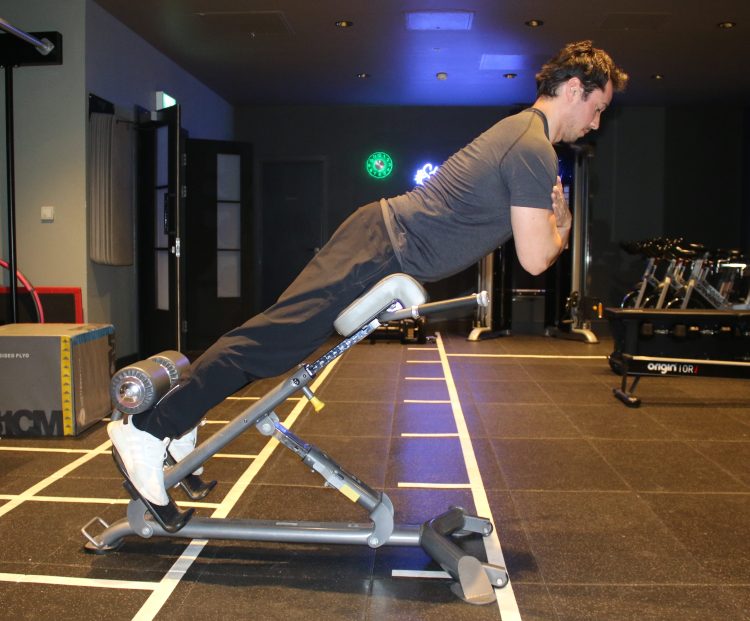
45-Degree Low Back Hyperextension
This is a dynamic exercise that targets the extensor group of the lower back. It enables a full range of movement for low back flexion and extension and works glutes and hamstrings.
How to perform the 45-degree low back hypertension:
- Position the bench hip rest just above the top of your pelvis.
- Start with your spine in neutral and chin tucked.
- Slowly round your lower back, but without bending at the hips.
- Then, overarch (hyperextend) the lower back while lifting your head up.

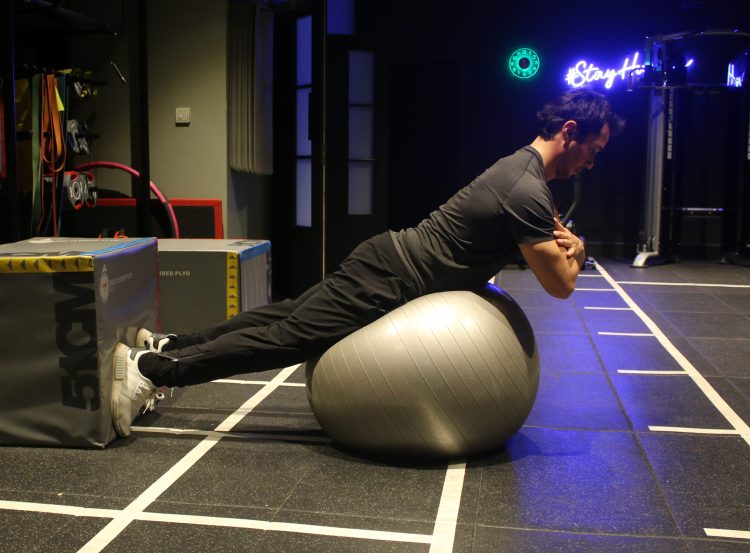
Gym Ball Low Back Hyperextension
This is an excellent variation of the 45-degree low back hyperextension, easily adapted to a gym ball as an alternative. The gym ball allows for a comfortable position and works the stabilising core muscles.
How to perform the gym ball low back hyperextension:
- Lie over the gym ball with your hips resting on the ball.
- Anchor your feet under something secure to provide stability.
- Start with your spine in neutral and chin tucked.
- Slowly round your lower back over the ball until your stomach is resting on the ball.
- Then, overarch (hyperextend) the lower back, lifting your stomach off the ball while lifting your head up.
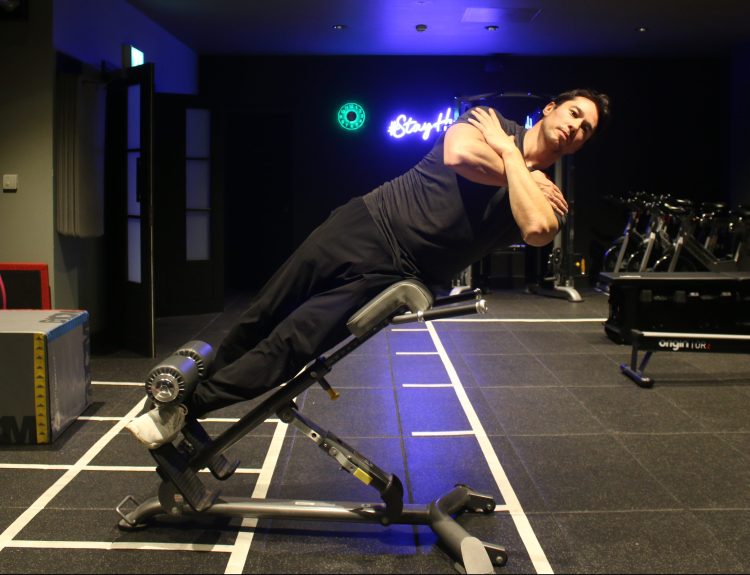
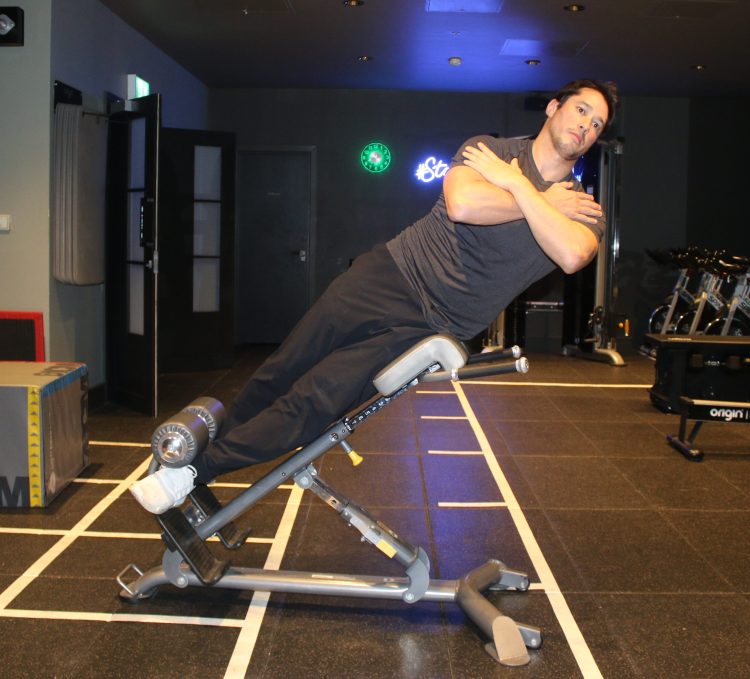
45-Degree Side Bend
This a dynamic exercise that targets the iliopsoas side-bending muscle group of the lower back. The 45-degree back extension helps anchor the hips and legs, while allowing for a full range of side-bending movement at the low back.
How to perform the 45-degree side bend:
- Scissor your legs and anchor each foot underneath the foot pads.
- Position the bench hip rest just above the pelvis.
- Start with your spine and head in neutral.
- Lower yourself by side-bending maximally at your torso, but avoiding any forward bending.
- Raise yourself back up to a neutral position.
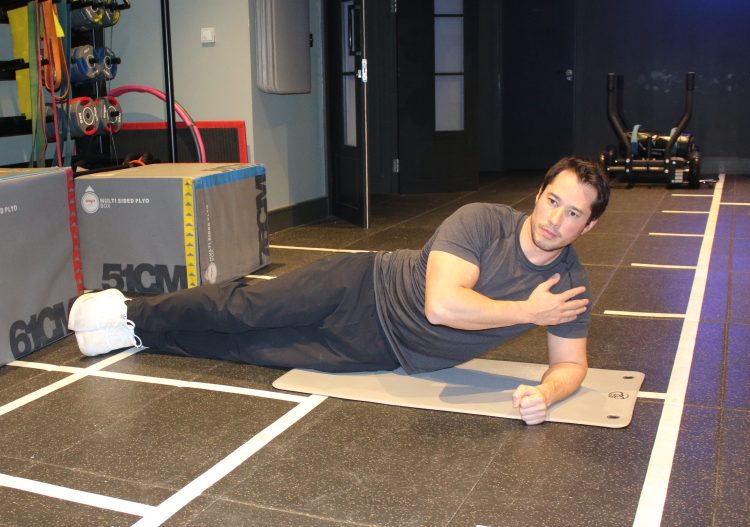
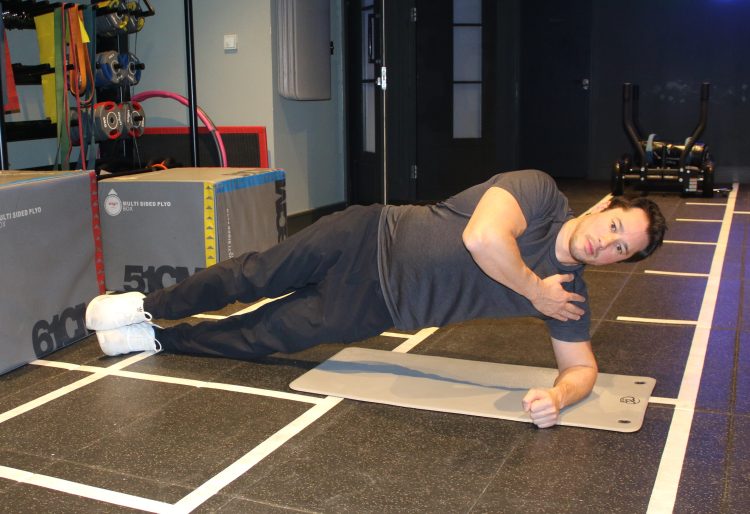
Side Bridge
This is an isometric exercise that also targets the iliopsoas muscle group. It not only contributes to the development of these muscles, but also enhances spinal stability.
How to perform the side bridge:
- Lie on your side with your weight on your elbow, with legs straight and feet scissored.
- Rest your free arm on top of your lower shoulder.
- Raise your hips from the ground so only your feet and arm are supporting your body.
- Maintain a neutral spine and head position.
- Hold this position for 7-8 seconds then change sides.
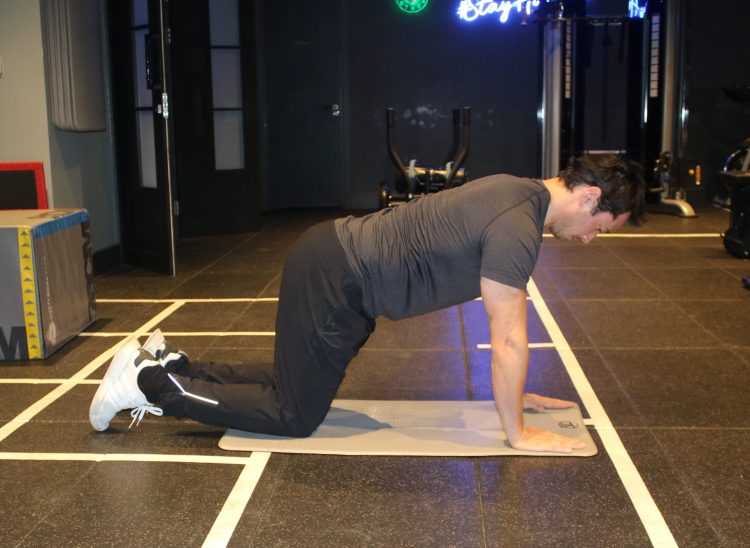
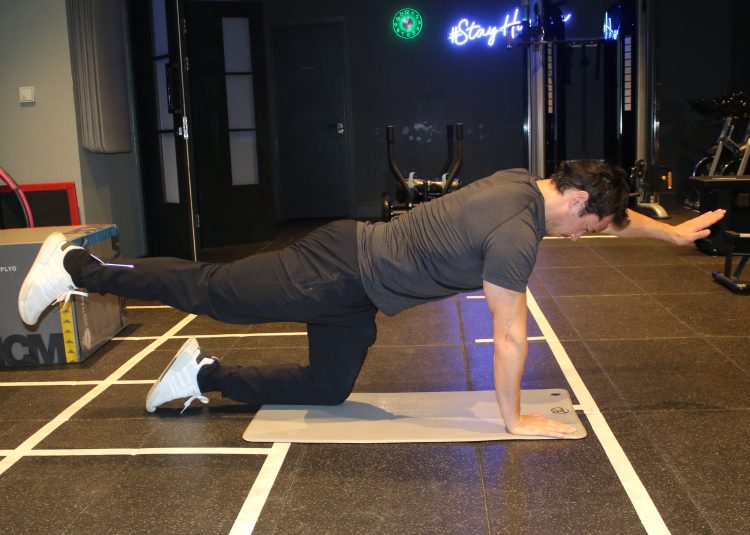
Bird-Dog
This is an isometric exercise that challenges the extensor muscle group. It requires no equipment and is shown to be an effective exercise for developing low back stability and endurance.
How to perform the bird-dog:
- Start in the quadruped position (on hands and knees with hips and shoulders bent to about 90 degrees).
- Maintain a neutral spine.
- Raise one leg backwards, while simultaneously raising the opposite arm until both limbs are fully straightened.
- Complete the movement while maintaining a neutral spine.
- Hold this position for 7-8 seconds then lower back to the quadruped position and change sides.
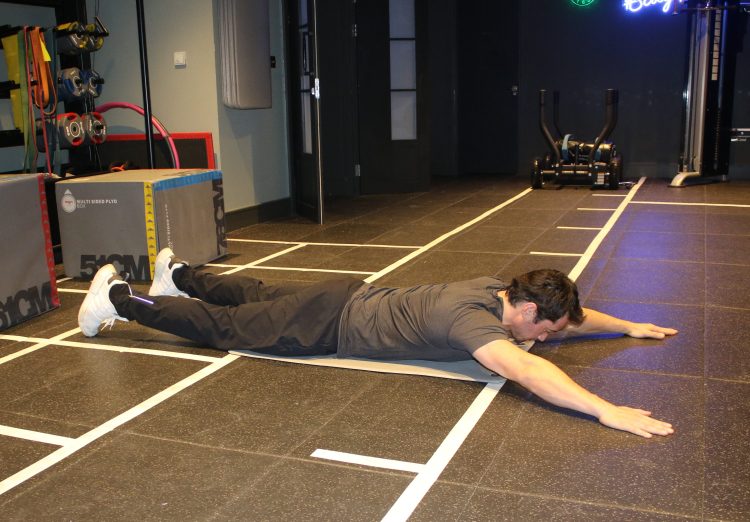

Superman
This is an isometric exercise that challenges the extensor muscle group. This is a great exercise for the beginner to advanced lifter and is effective for developing low back spinal stability and muscular endurance.
How to perform the superman:
- Lie face down on a floor with your arms outstretched overhead and legs straight.
- Simultaneously raise both your arms and legs about 4-5 inches off the ground (simulating a flying position).
- Hold this position for 3-4 seconds then lower your arms and legs back to the starting position on the floor.
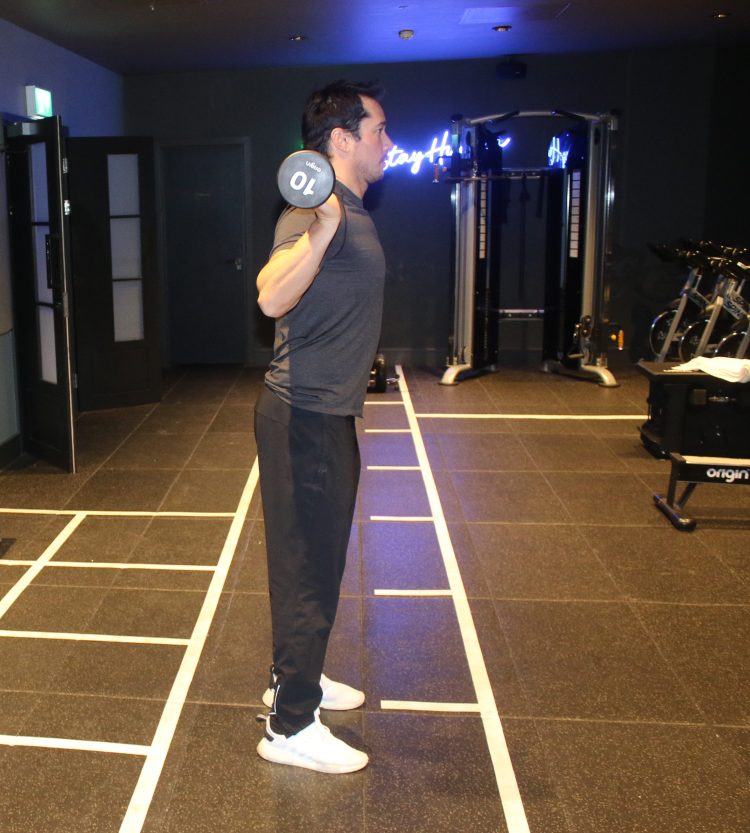
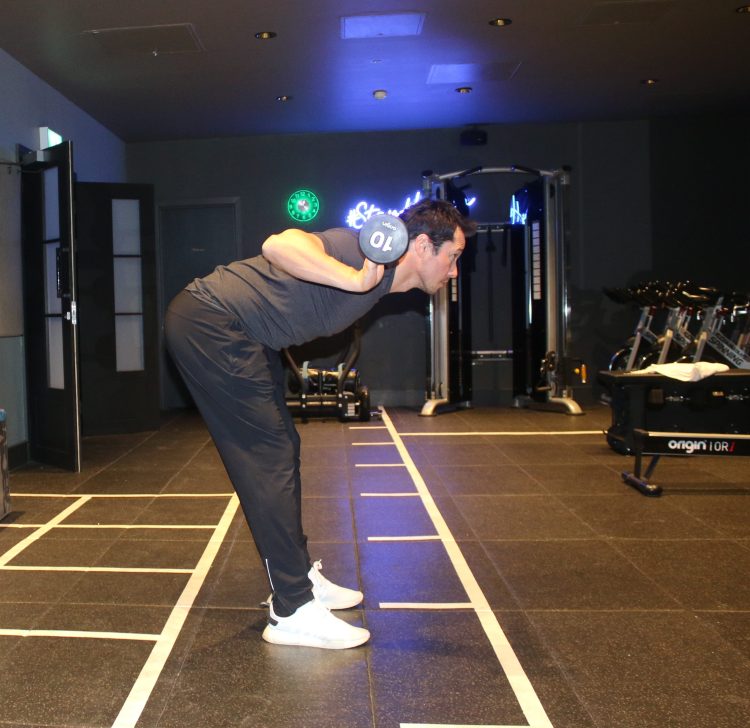 Barbell Good Morning
Barbell Good Morning
This exercise works the extensor group of the lower back isometrically as these muscles function in the good morning position to stabilise the spine when hinging the hips. It also works the glutes and hamstrings, as they extend (push) the hips forwards through the concentric (shortening) phase.
How to perform the barbell good morning:
- Position a barbell on the upper trapezius muscles at the tops of your shoulders.
- Slightly bend your knees.
- Maintain a strict neutral spine with head slightly tilted upwards.
- While maintaining a neutral spine, slowly hinge your hips by pushing your hips backwards, but without increasing the bend in your knees.
- Hinge only as far as your hips travel backwards, avoiding any rounding of the spine or additional knee bending.
- Push your hips forward into extension, squeezing your glutes muscles until you return to the start position.
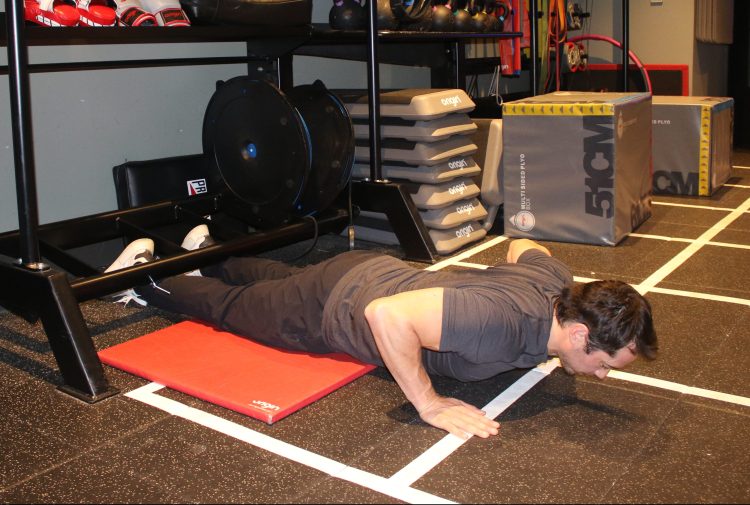
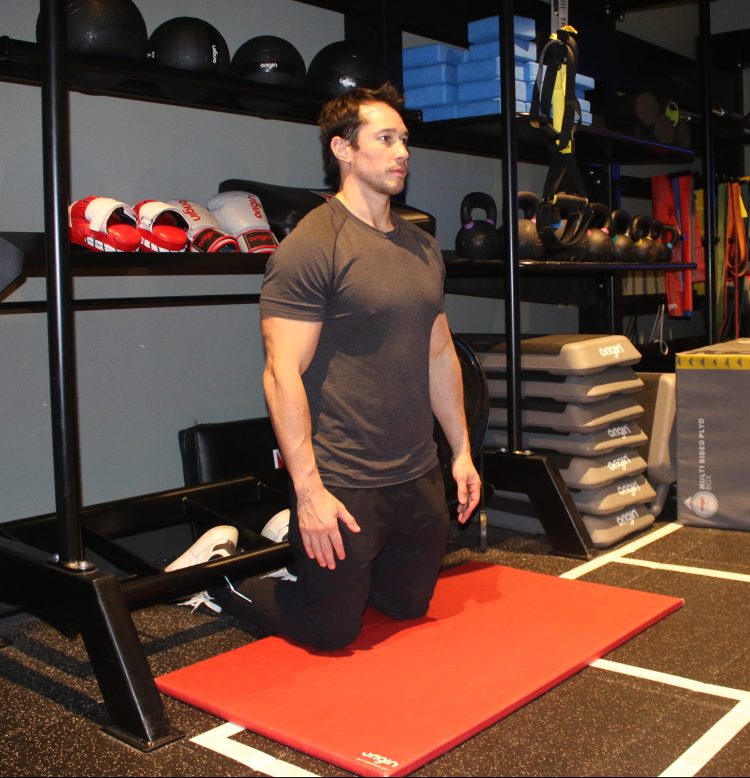
Nordic Hamstring Curl
This is an isometric exercise that works the extensor group in the same manner as in the barbell good morning. Here the lower back muscles contract isometrically to stabilise the spine through the eccentric (lengthening) and concentric (shortening) phases of the lift. The hamstrings are also directly targeted in this exercise for their role as knee flexors.
How to perform the Nordic hamstring curl:
- Start in a kneeling position with your torso upright and straight.
- Straighten your arms in front of your body at chest height (like in a press-up).
- Anchor your feet under something secure to provide stability.
- While maintaining a neutral spine, and with your arms outstretched in front of you, slowly lower yourself to the ground by straightening your legs (there should be no bending at your hips).
- Let your arms absorb some of the force when lowering.
- Raise the body back to the start by bending the knees (think about kicking your heels to your butt).
- If needed, to assist the hamstrings on the concentric (lifting) phase push the floor away with your arms (like in a press-up).
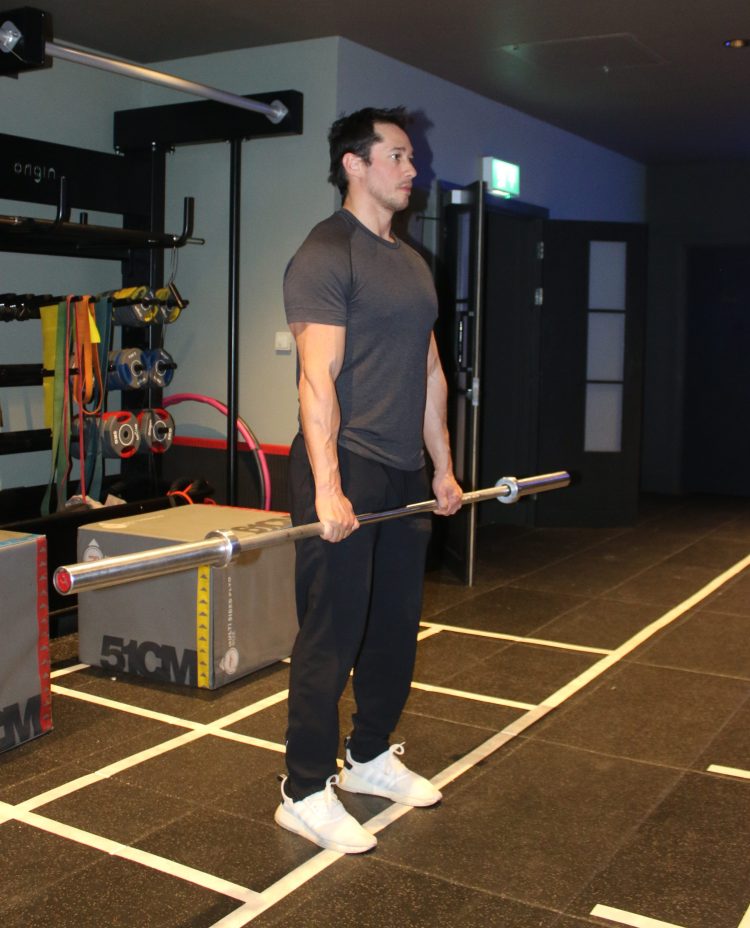
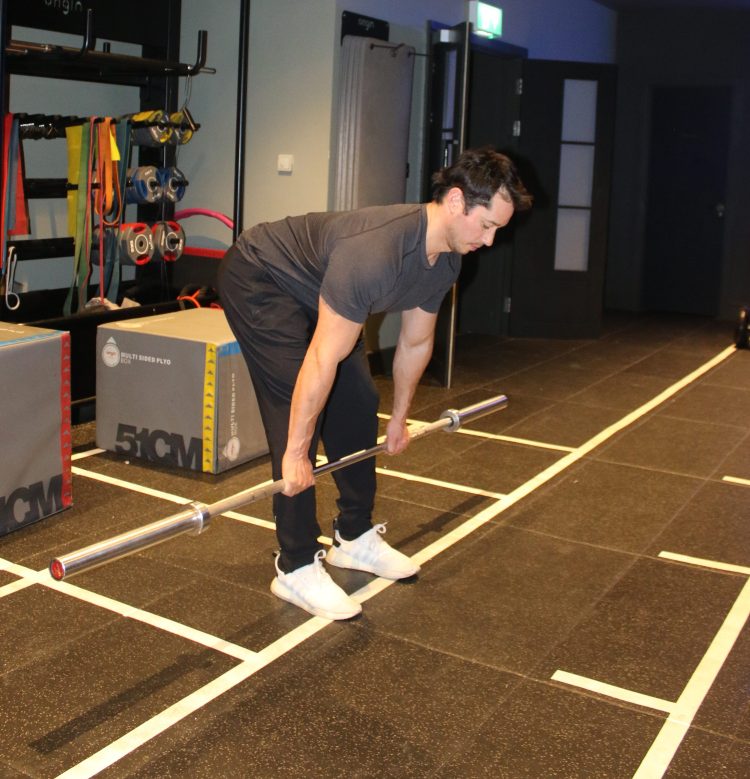
Barbell Romanian Deadlift
This is an exercise that works the lower back isometrically, targeting the lumbar extensor group. In the Romanian deadlift, the lower back muscles stabilise the spine through both the lowering and lifting phases of the lift. This is a great exercise not only for the lower back, but also to build muscle and strength in the hamstrings and glutes, which extend the hips in this exercise.
How to perform the barbell Romanian deadlift:
- Start with an upright posture holding the barbell with your arms straight and the bar in contact with your body.
- Slightly bend your knees.
- Slowly hinge your hips by pushing your hips backwards, keeping a strict neutral spine and without increasing knee bending.
- Keep the bar in contact with your body.
- Hinge only as far as your hips travel backwards.
- Extend your hips by pushing them forward, focusing on squeezing your glutes muscles until you return to the upright start position.
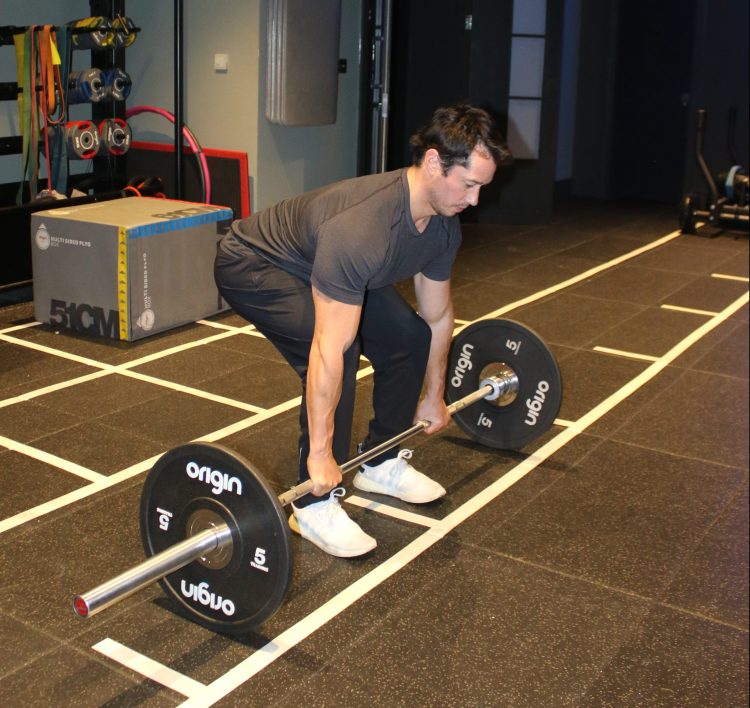
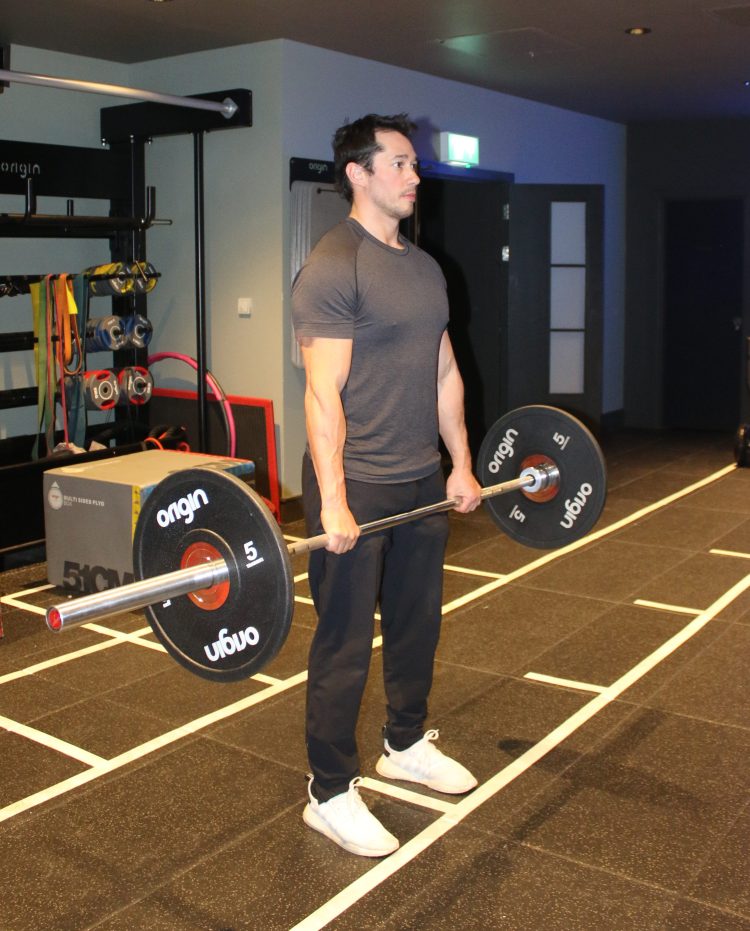
Conventional Deadlift
Similar to the Romanian deadlift, a convention deadlift works the extensor muscle group isometrically through spinal stability. Conventional deadlifts are a multi-joint exercise, therefore you get the added benefit of strengthening and developing a number of muscle groups, including the legs, back, glutes and hamstrings.
How to perform the conventional deadlift:
- Start with your feet shoulder-width apart and the bar pulled close to your shins.
- Grasp the bar with an overhand grip just outside the shins.
- With the bar grasped, hinge your hips by pushing them backwards.
- Your shins should be vertical and hips lower than your shoulders.
- Keep your head in a neutral position.
- Just before lifting, engage your back (latissiumus dorsi) by thinking about ‘bending the bar’.
- When lifting, push your feet into the floor to ‘drive the floor away’.
- Push the hips forward and squeeze your glutes.
- From the top position, hinge your hips backwards to lower the bar while maintaining a neutral spine.
- Keep the bar in contact with your body.
- When the bar reaches about knee height, bend the knees to return the bar to the ground.